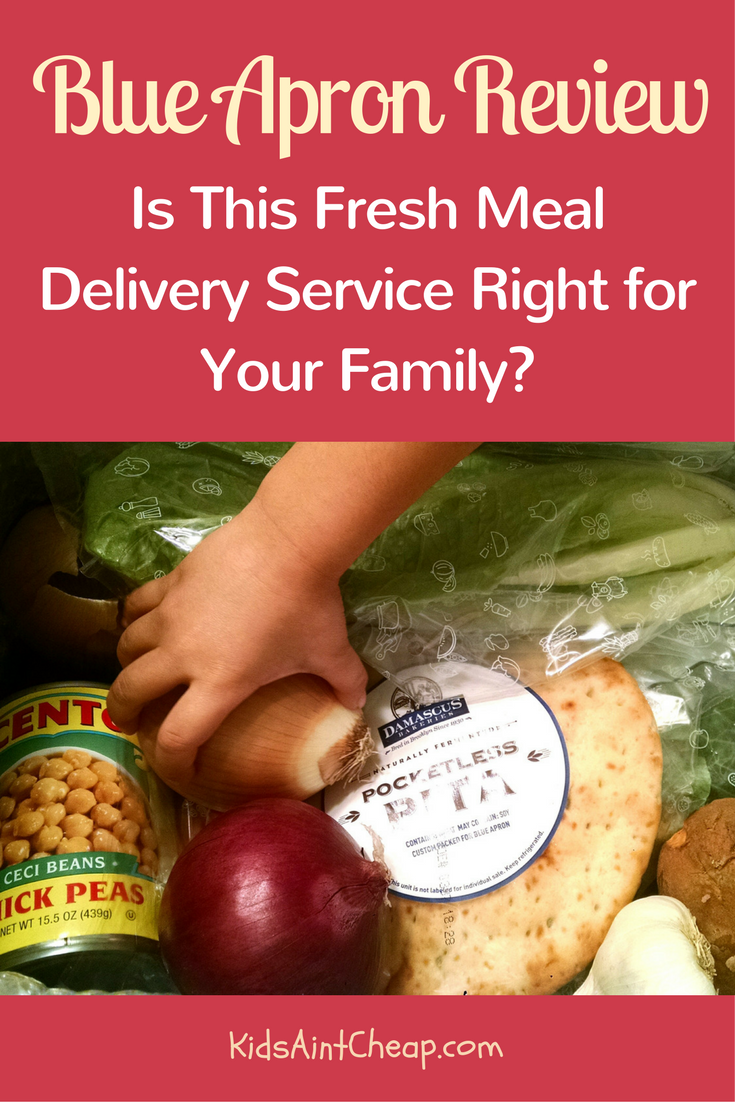
In contrast, Blue Apron says it wastes 5.5 percent. Grocery stores waste 10.5 percent of food at the retail level, meaning the amount of food on the shelves that never makes it to a customer. There haven’t been outside studies done yet, but a report Blue Apron released in August, comparing its food waste to that of grocery stores. But does this model cut back on overall waste? Companies also claim these boxes cut down on overeating. The perks are there - you don’t need to shop or plan, you don’t need to buy ingredients you’ll never use again, and there often isn’t much food waste at meal-time, since everything is perfectly portioned. The New York Times has its box, Chef’d, and in August, Whole Foods announced it would be entering the ring as well.

Amazon has partnered with Tyson to create Tyson Taste Makers. In the past year, Martha Stewart has come out with her branded box with Marley Spoon. The meal-kit industry is growing fast: At the beginning of 2016, a market-research study by Technomic estimated that Americans alone, who then made up 40 percent of the $1 billion industry globally, would grow to become a multi-billion-dollar market share. Depending on the service, these kits cost from $8 to $12 per serving, which is cheaper than a typical meal of takeout or at a restaurant.

The insulated boxes they deliver include enough goodies to quickly whip up a meal for two or four, and there’s no denying the childlike excitement of opening one up to see portioned, sometimes prepped, ingredients along with recipe cards, based on your dietary needs and preferences. Blue Apron and Hello Fresh might be the ones you’ve heard of, but there are dozens of similar plans out there. Are you expecting a delivery? Mail-order meal kits are popping up everywhere, maybe even on your doorstep.


 0 kommentar(er)
0 kommentar(er)
